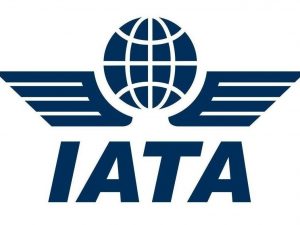India continues to lead all markets with a 23.3 per cent rise in domestic traffic in June, propelled by strong growth in real consumer spending as well as by the fact that airlines are adding airport pairs and frequencies. This was revealed in International Air Transport Association’s (IATA) global passenger traffic data for June. Demand for domestic travel climbed 5.7 per cent this June compared to June 2015, while capacity increased 4.3 per cent, causing load factor to rise 1.1 percentage points to 83.2 pre cent. All markets reported demand increases with the exception of Brazil. Domestic RPKs account for about 36 per cent of the total market. The global passenger traffic data for June showing that demand (measured in revenue passenger kilometers or RPKs) rose by 5.2% compared to the year-ago period. This was up slightly from the 4.8% increase recorded in May (revised). However, the upward trend in seasonally-adjusted traffic has moderated since January. June capacity (available seat kilometers or ASKs) increased by 5.6%, and load factor slipped 0.3 percentage points to 80.7%. “The demand for travel continues to increase, but at a slower pace. The fragile and uncertain economic backdrop, political shocks and a wave of terrorist attacks are all contributing to a softer demand environment,” said Tony Tyler, IATA’s Director General and CEO.
Read More »22% rise in India’s domestic air traffic
India’s domestic traffic soared 21.8 per cent, marking the 20th month of double-digit traffic growth and the 13th consecutive month it has led the domestic markets. Growth is being propelled by the comparatively strong economic backdrop as well as by substantial increases in service frequencies, according to International Air Transport Association’s (IATA) global passenger traffic data for April. Demand for domestic travel climbed 4.1 per cent in April compared to April 2015, while capacity increased 3.8 per cent, causing load factor to rise 0.3 percentage points to 81.4 per cent. All markets reported demand increases with the exception of Brazil, which showed a 12.1 per cent decline, reflecting the country’s ongoing economic recession and political turmoil.
Read More » Tourism Breaking News
Tourism Breaking News
